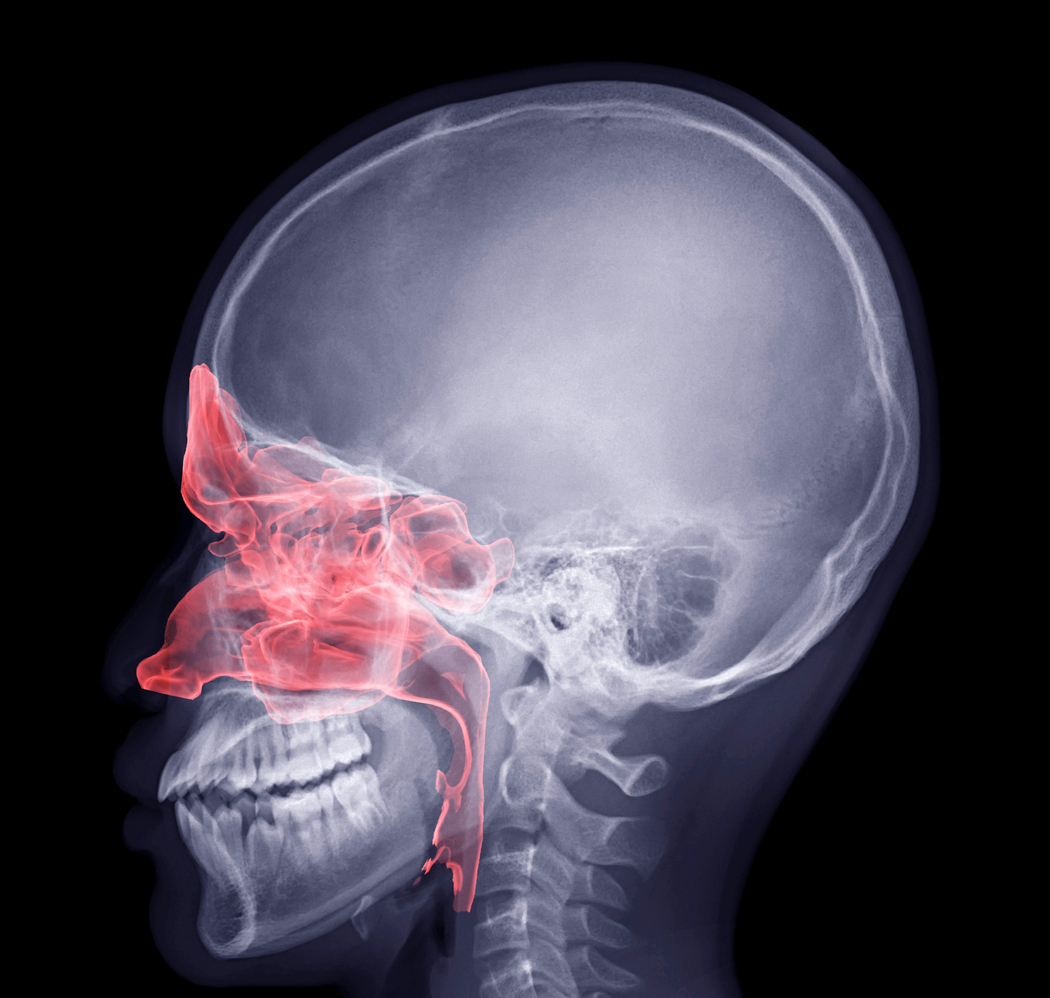Acute sinusitis
Re-evaluating the Clinical Guidelines for Acute Sinusitis
The clinical guideline for acute sinusitis suggests a waiting period of three days before initiating treatment. However, evidence shows that a virus typically takes about 48 hours to become viable. This discrepancy prompts questions about the effectiveness of a three-day wait, as it might bypass the optimal timeframe for early intervention, potentially worsening the condition.
Moreover, the guideline's next recommendation is the administration of antibiotics. This is puzzling since the leading causes of colds and flu are viral, not bacterial. Using antibiotics for a viral infection is not only ineffective but also contributes to the rising issue of antibiotic resistance.
Additionally, the guideline's advice on corticosteroids is concerning. While they might offer temporary relief from congestion, their effects are short-lived. Furthermore, corticosteroids act as immunosuppressants, potentially weakening the nasal immune system and disrupting the nasal microbiome. This disruption could set off a cycle of inflammation and infection.
In conclusion, while clinical guidelines are designed to offer evidence-based recommendations, it's vital to regularly reassess and modify them based on emerging research and clinical findings. The present guidelines for acute sinusitis, particularly regarding the waiting period and the prescription of antibiotics and corticosteroids, need a comprehensive re-evaluation to guarantee the best patient care. Note: This discussion is grounded in the provided data and references. Always consult with healthcare experts and rely on peer-reviewed clinical research when making medical decisions.
Ref: https://www.nejm.org/doi/full/10.1056/NEJMc2102494










